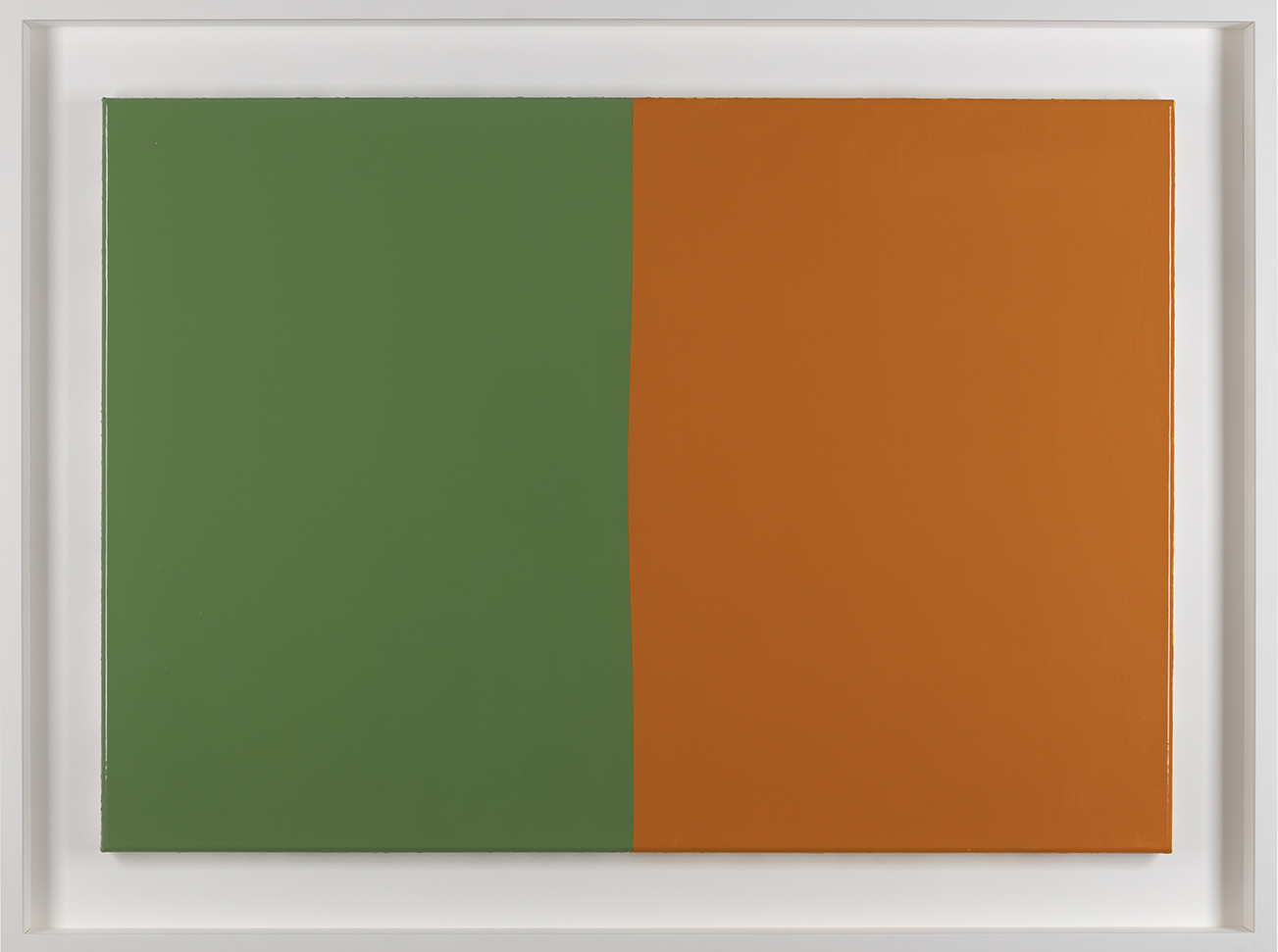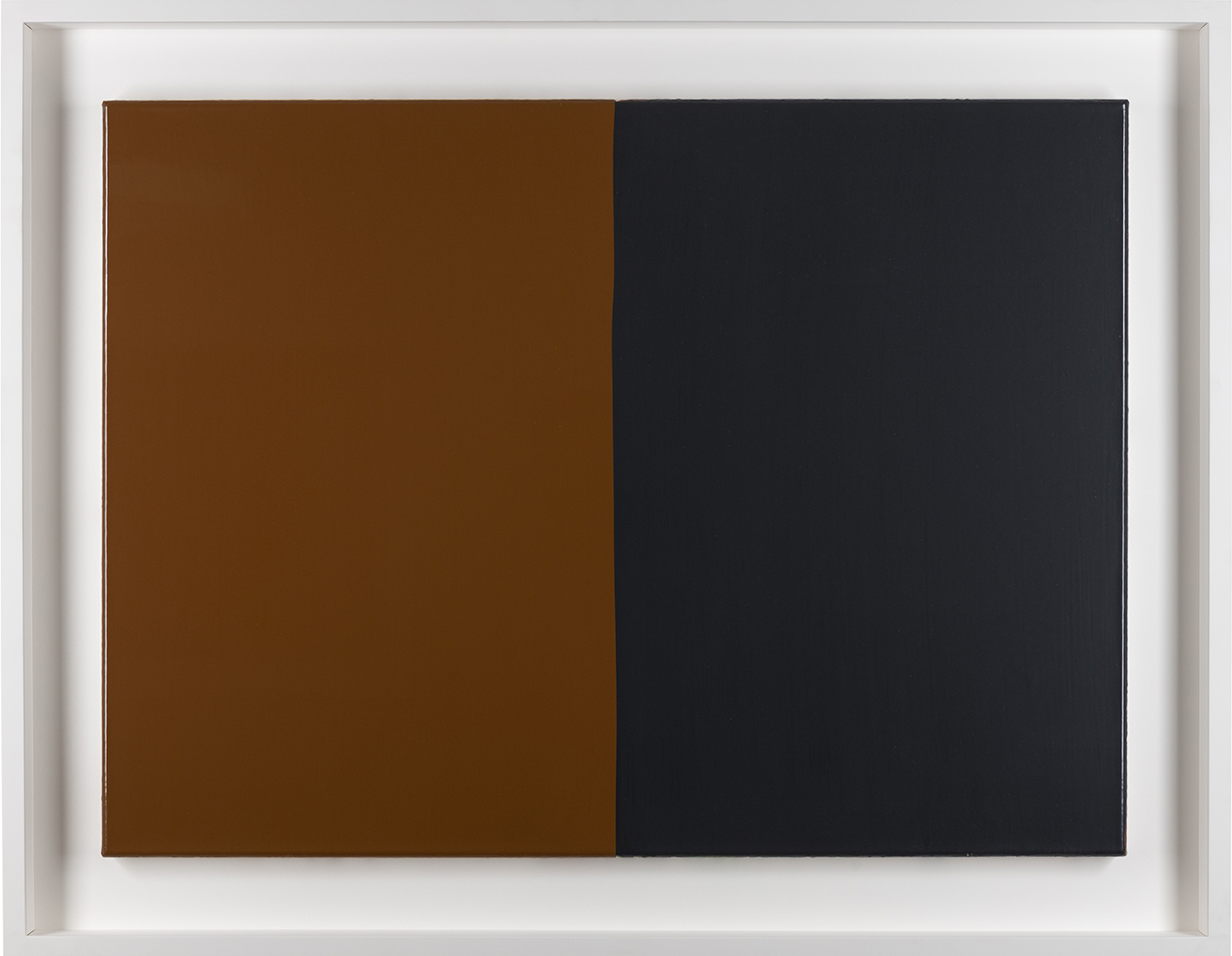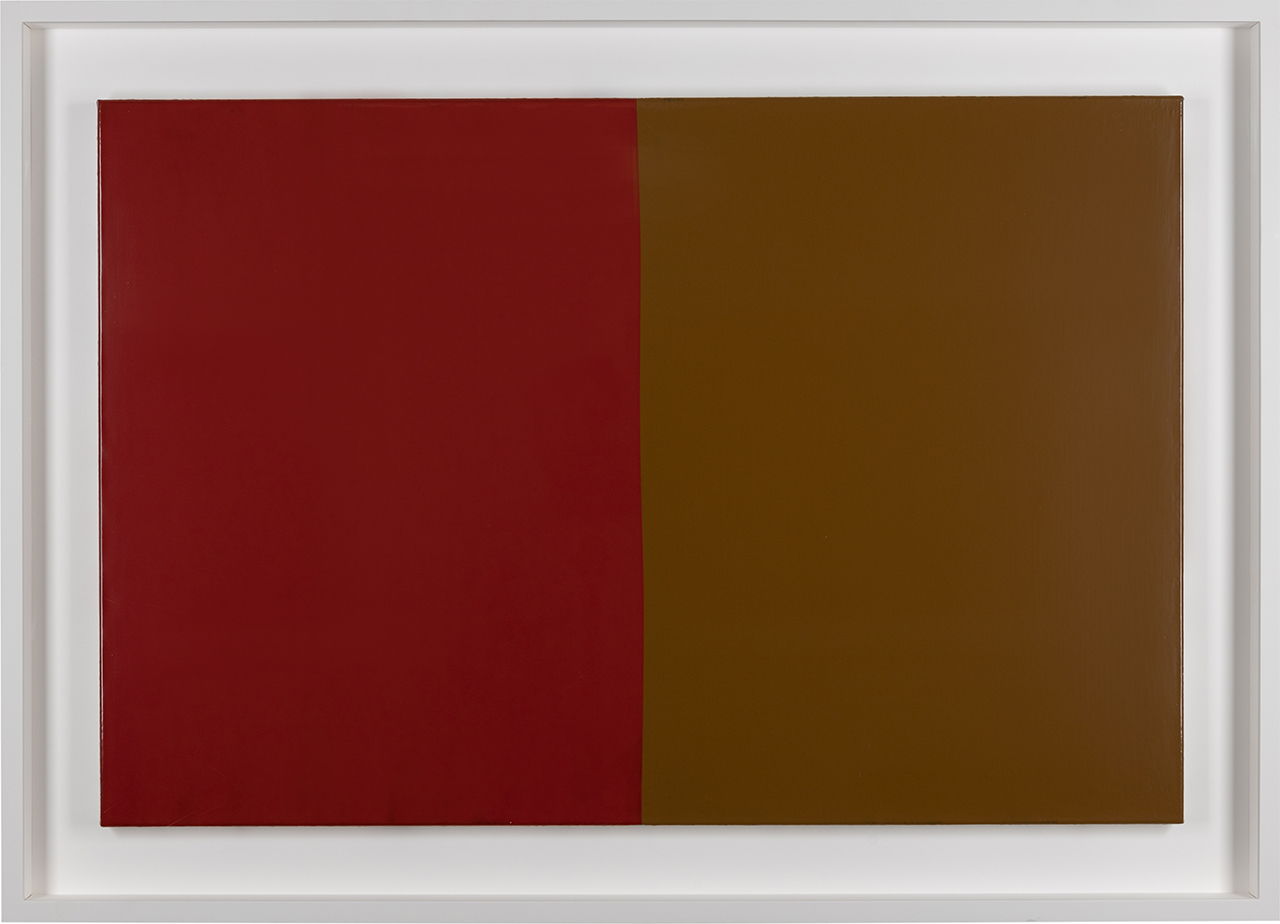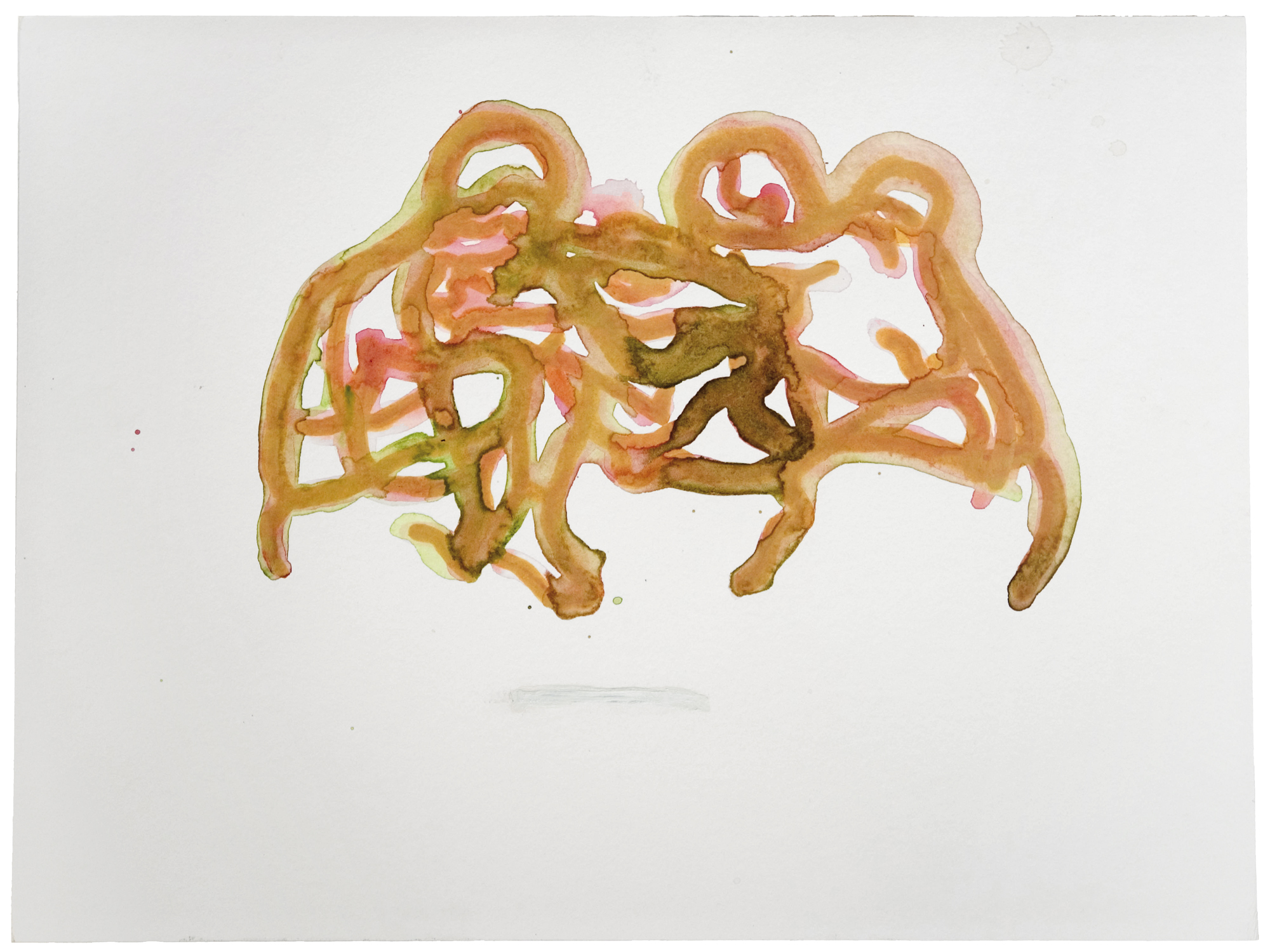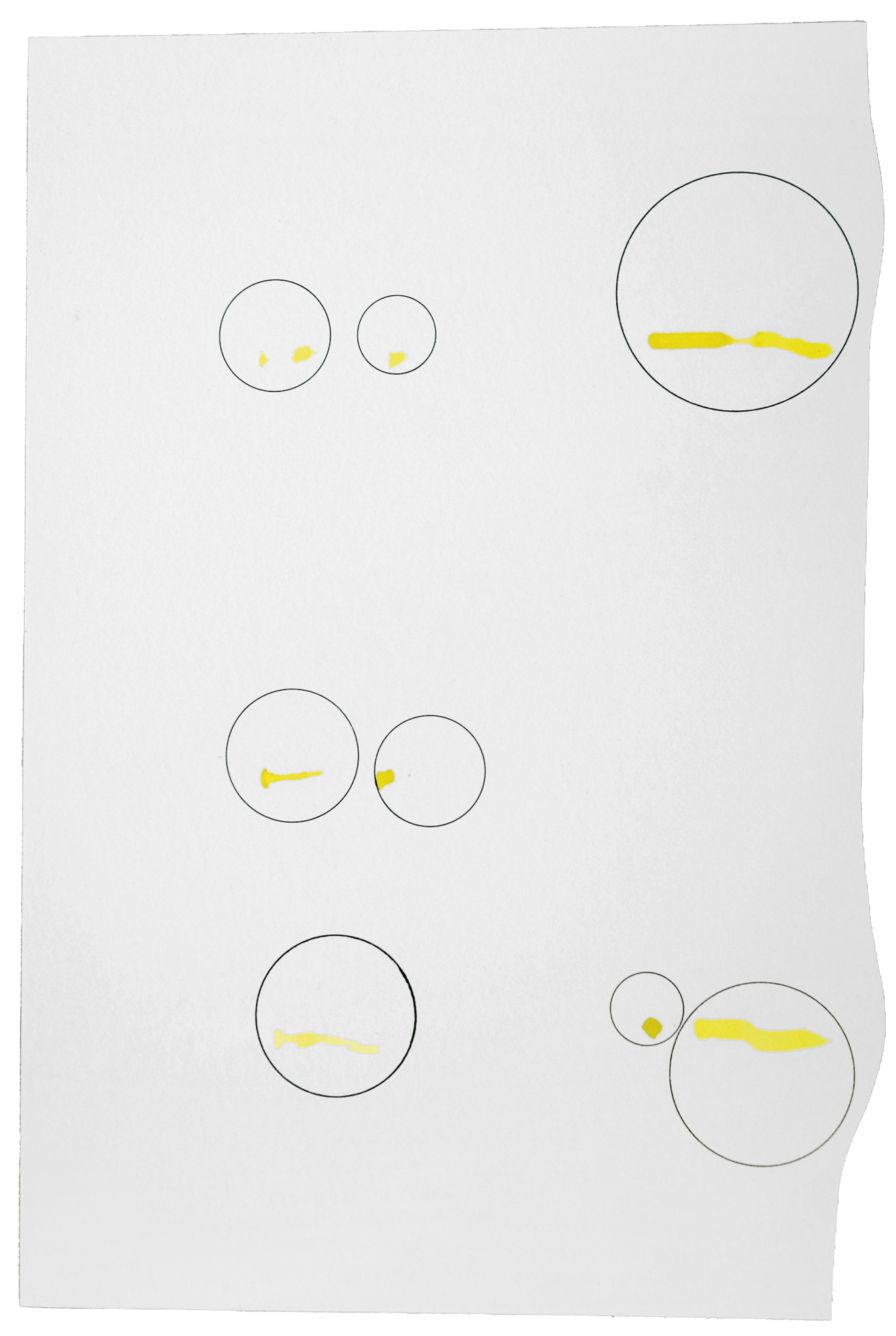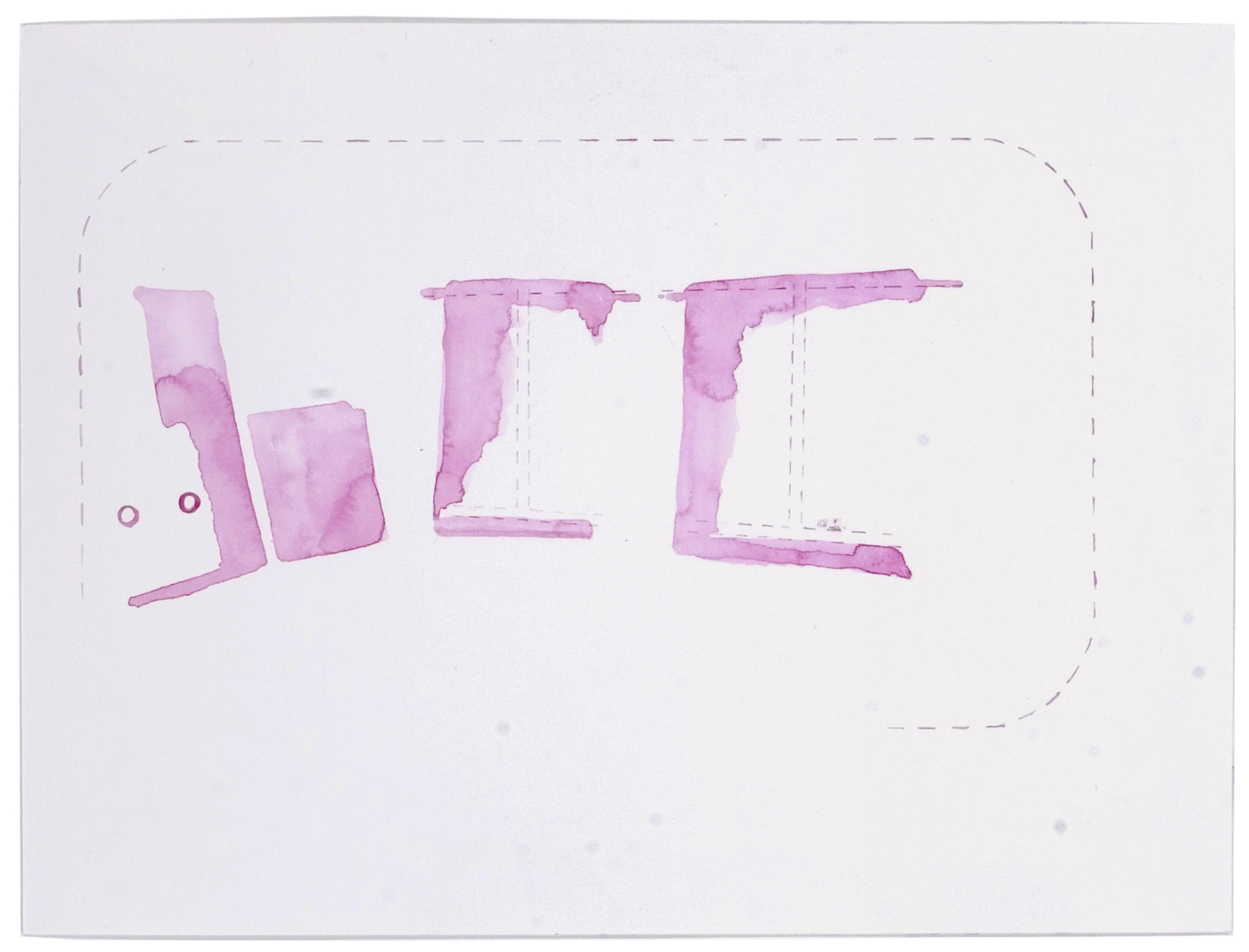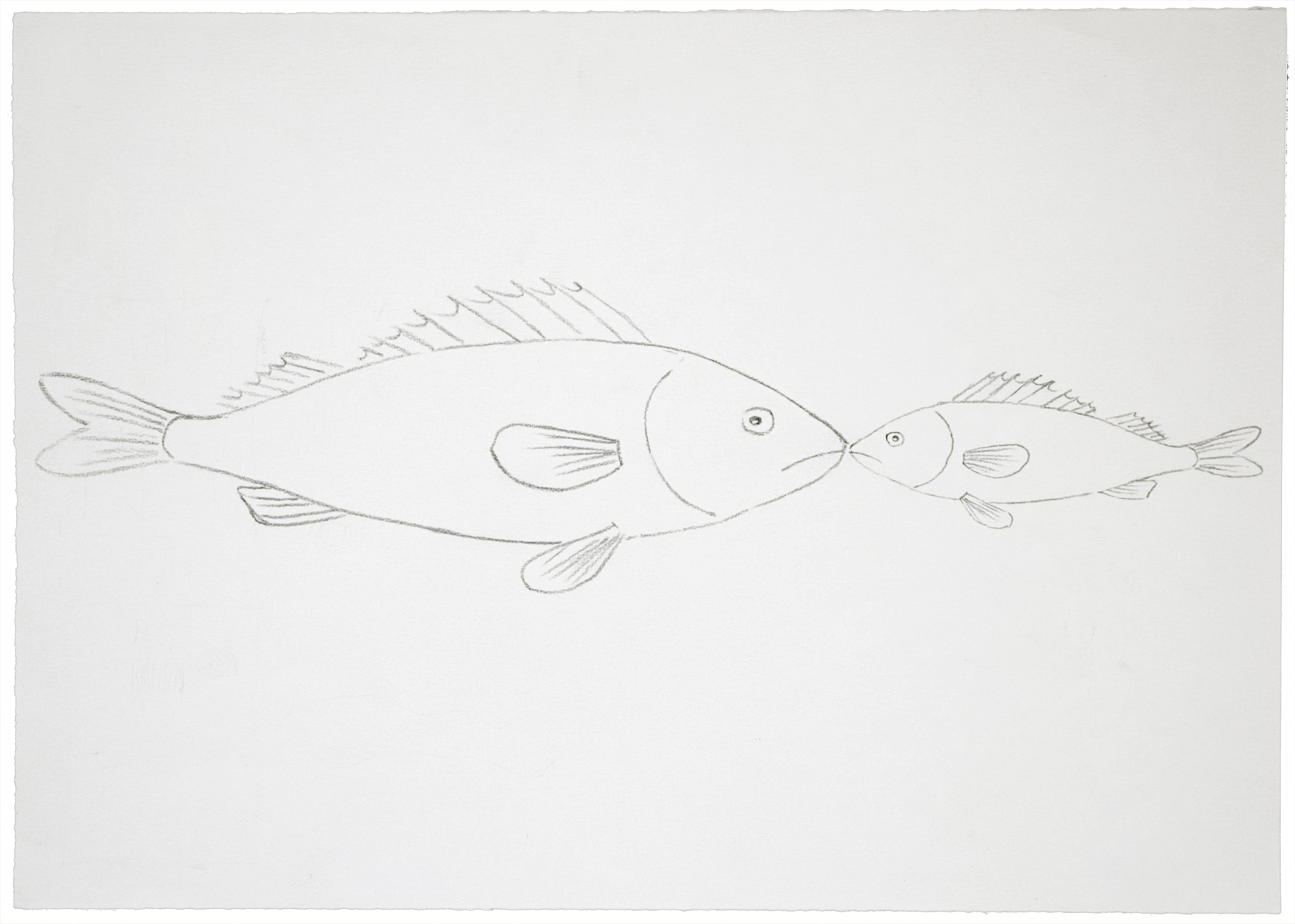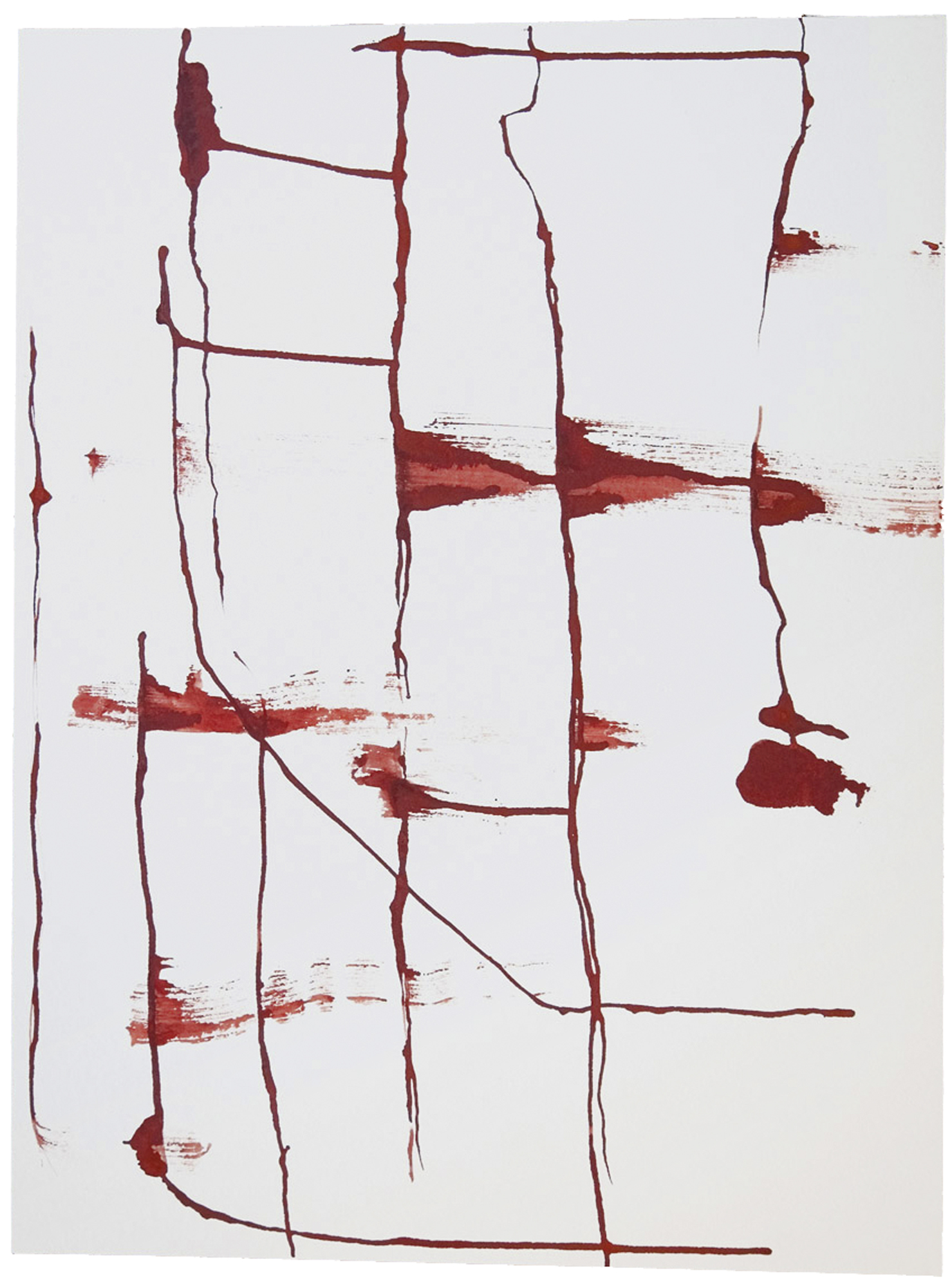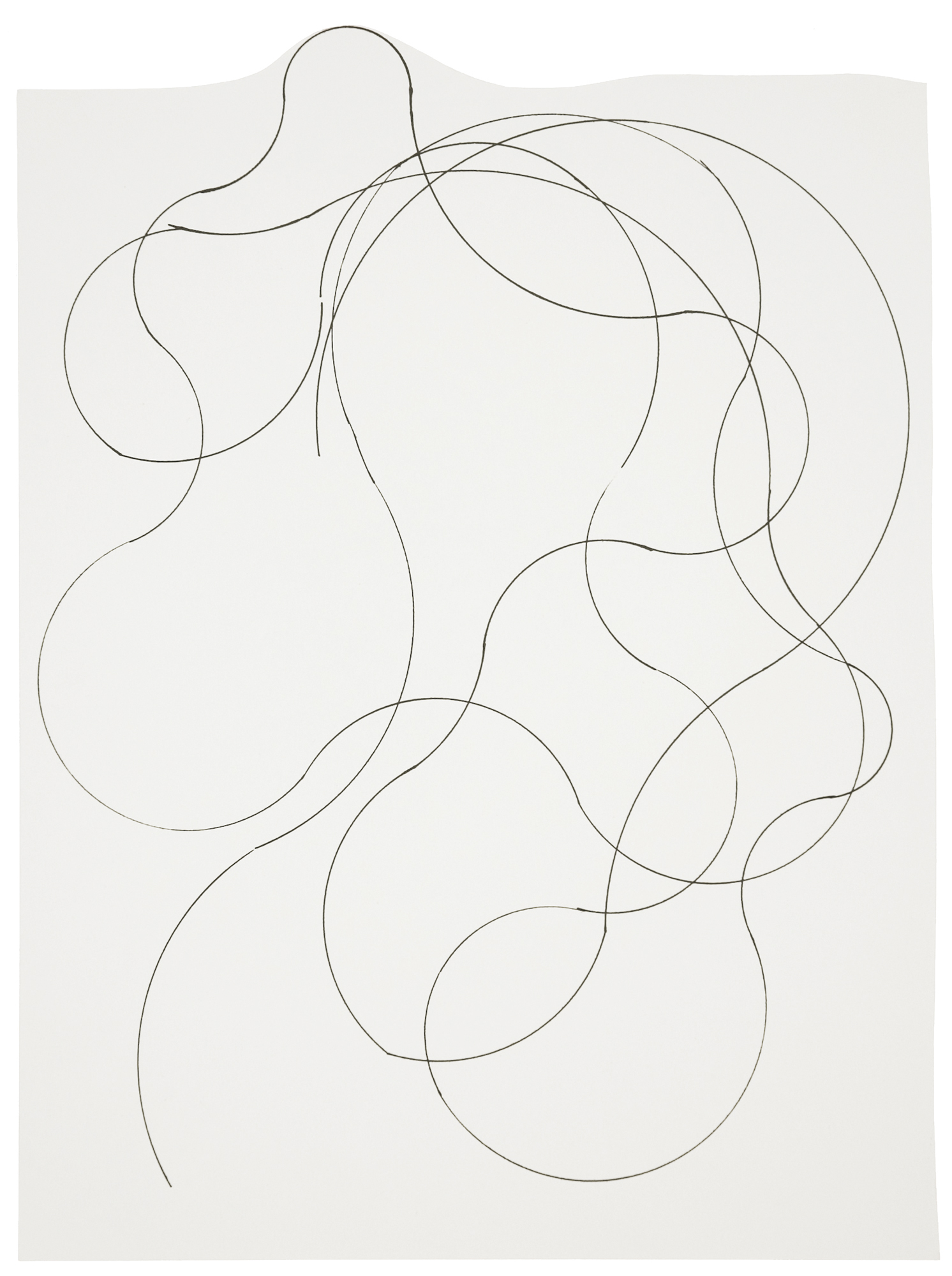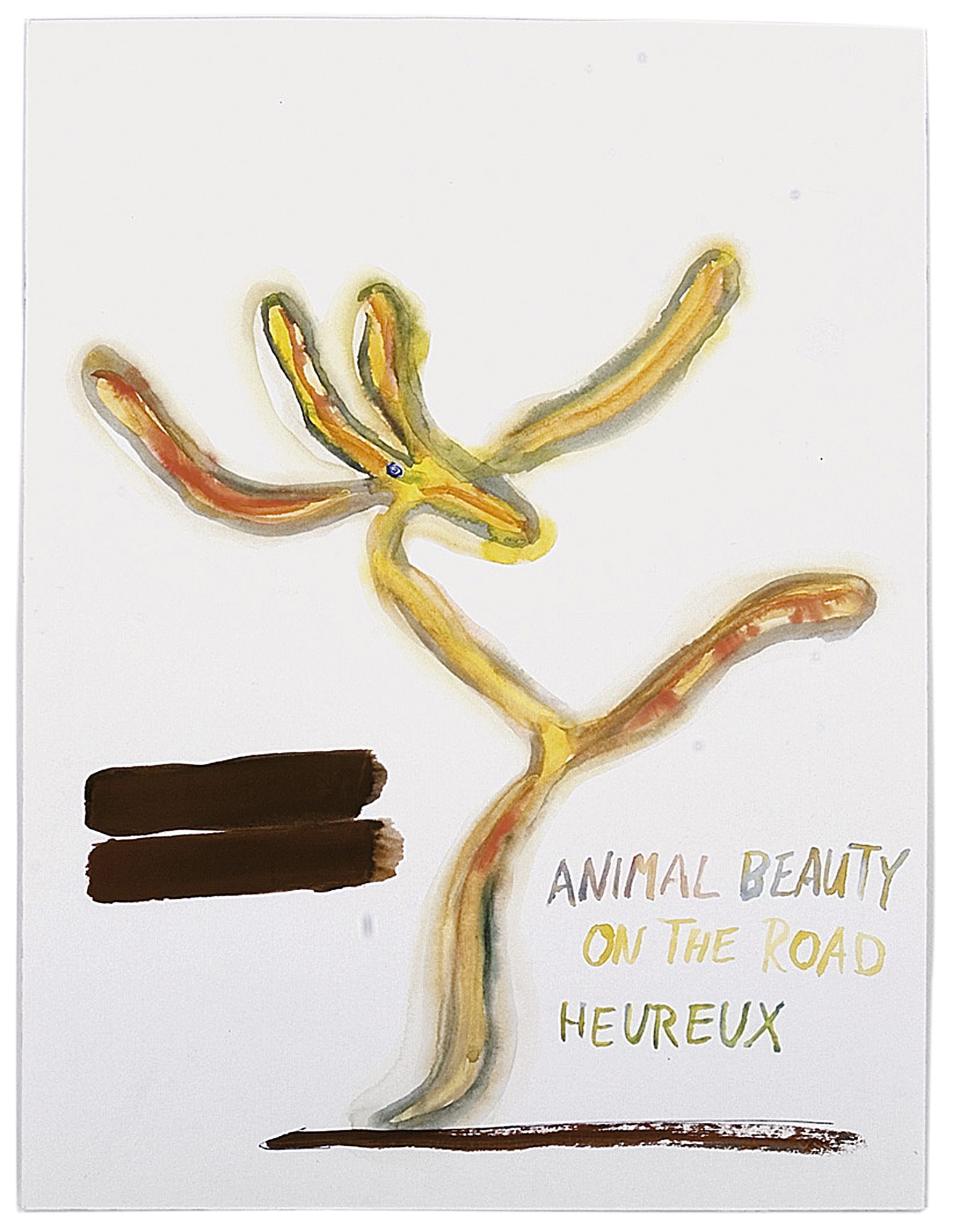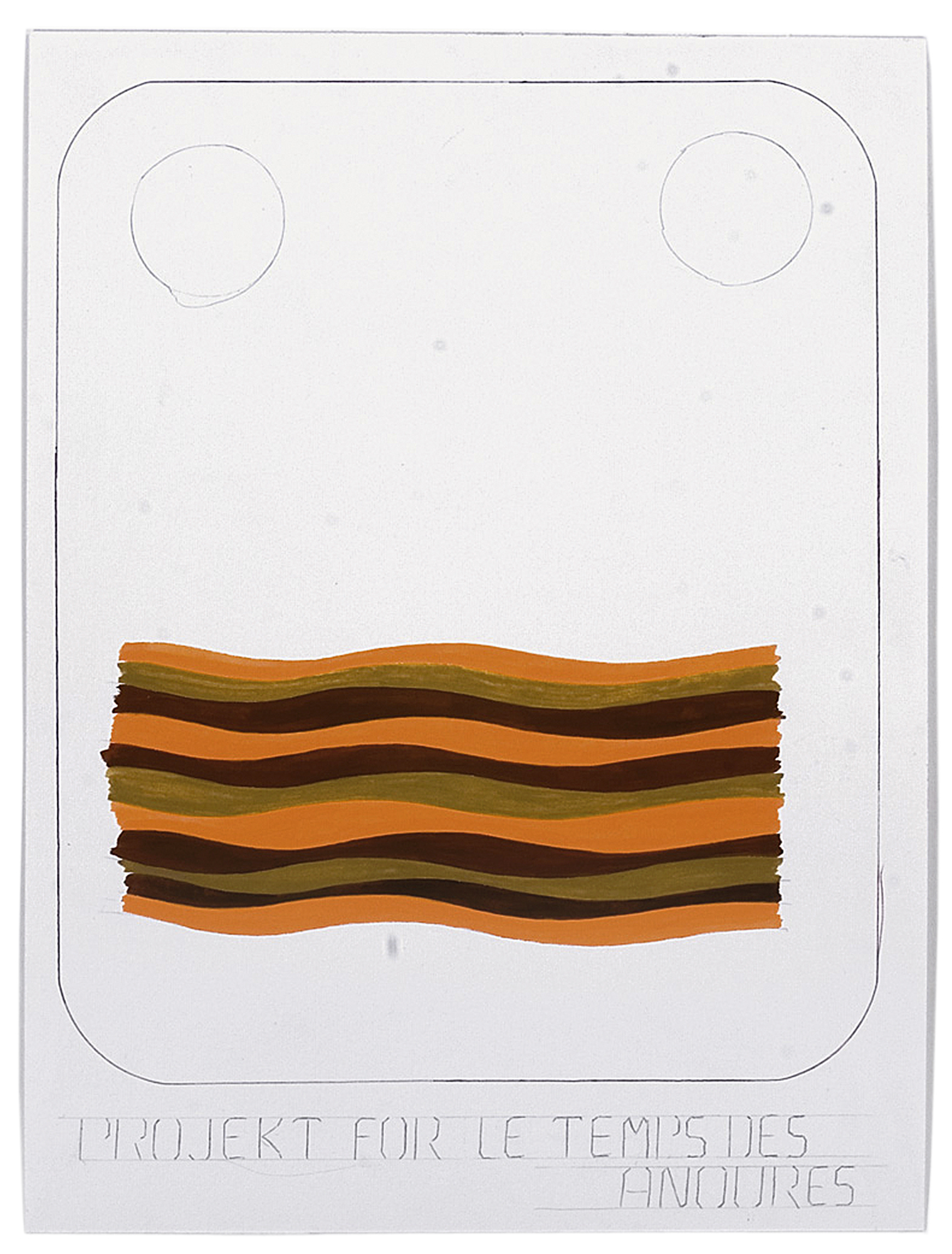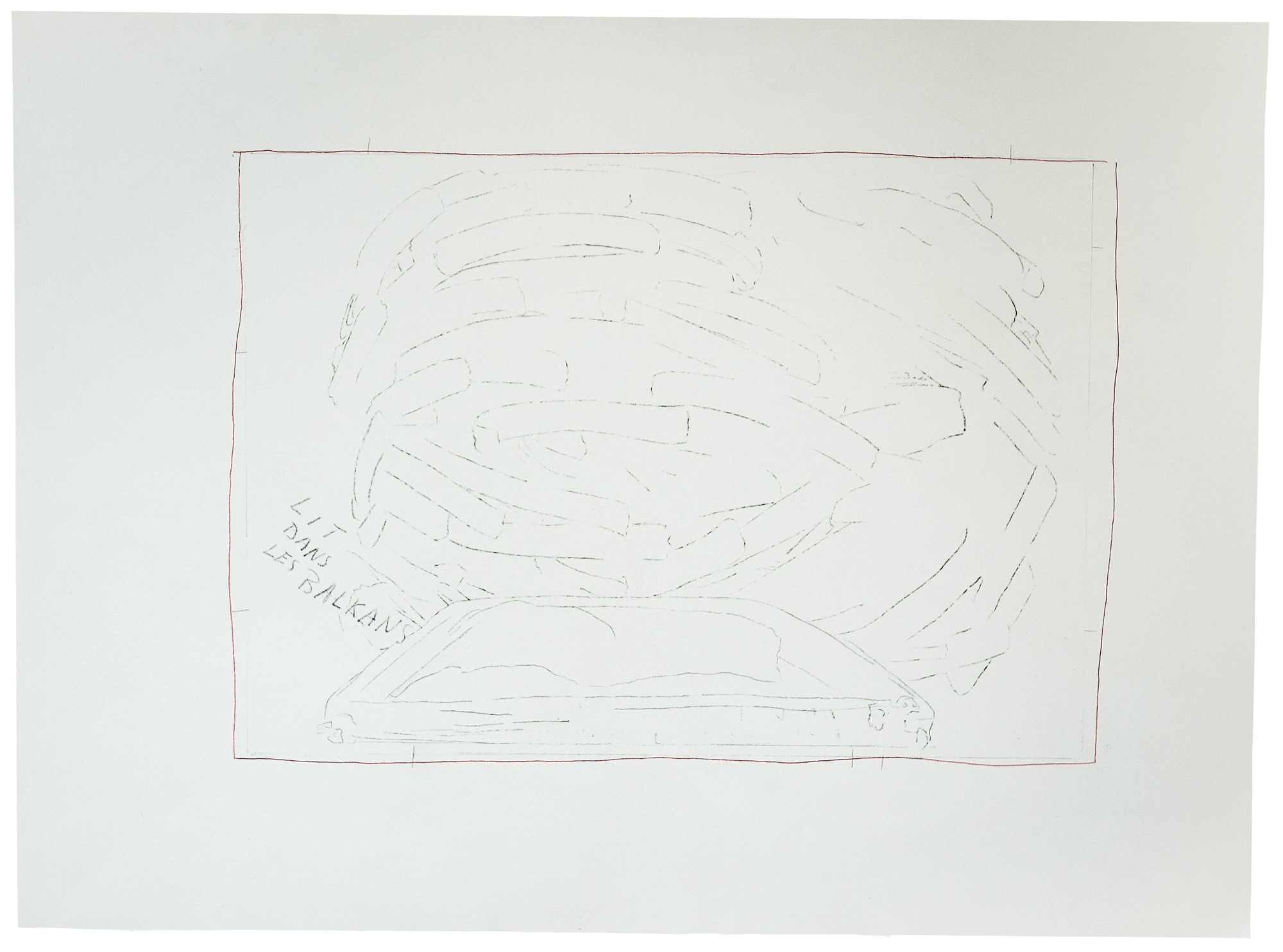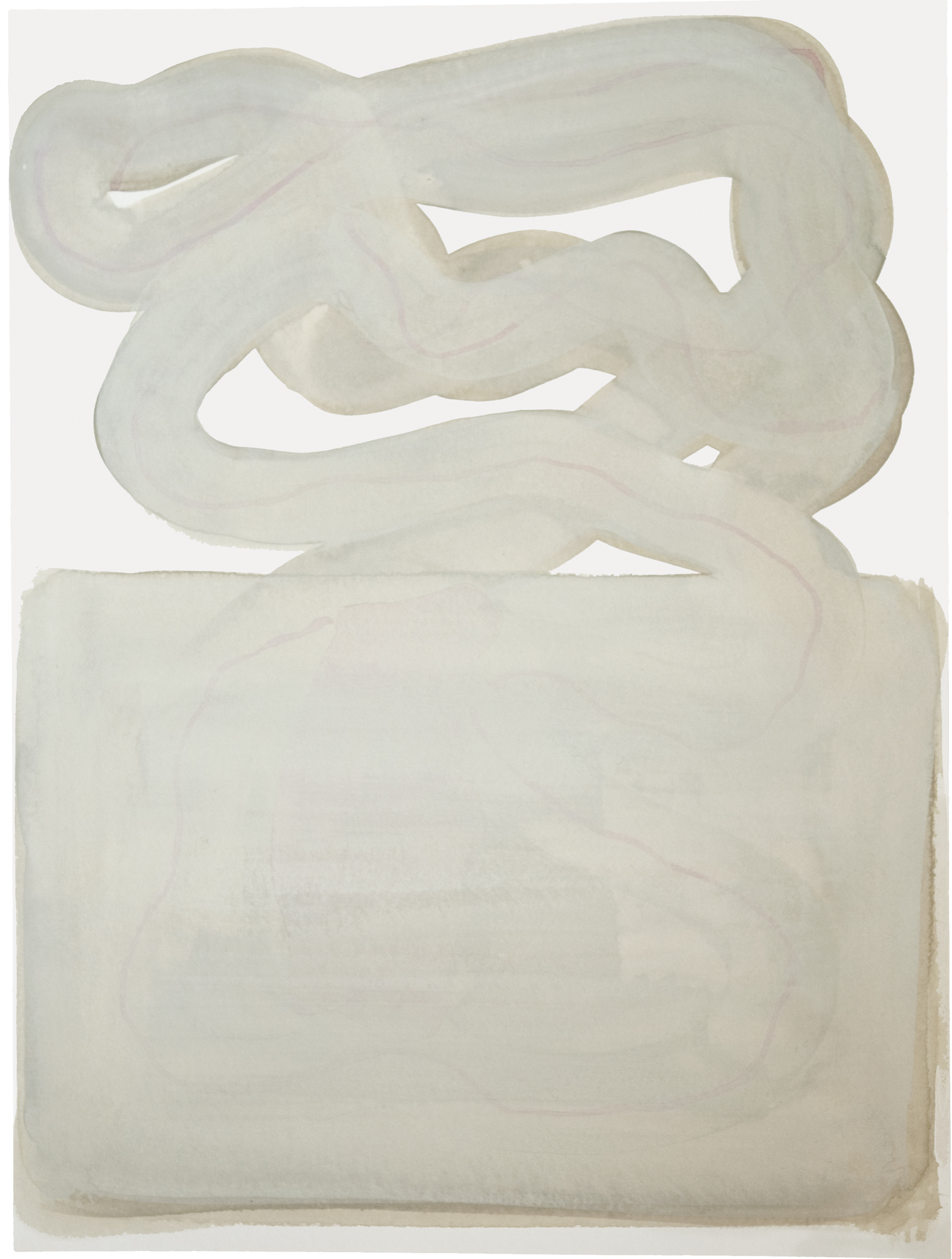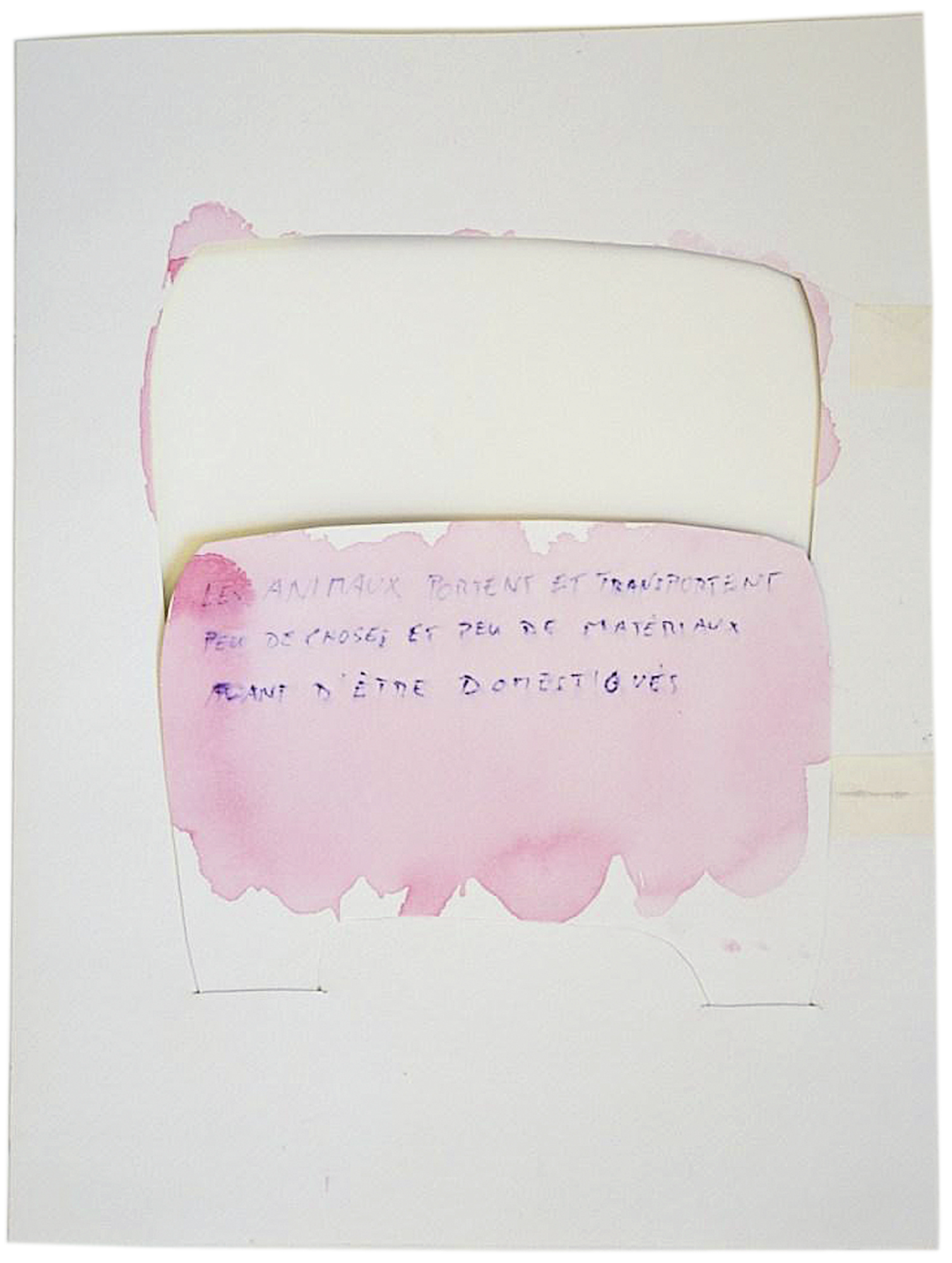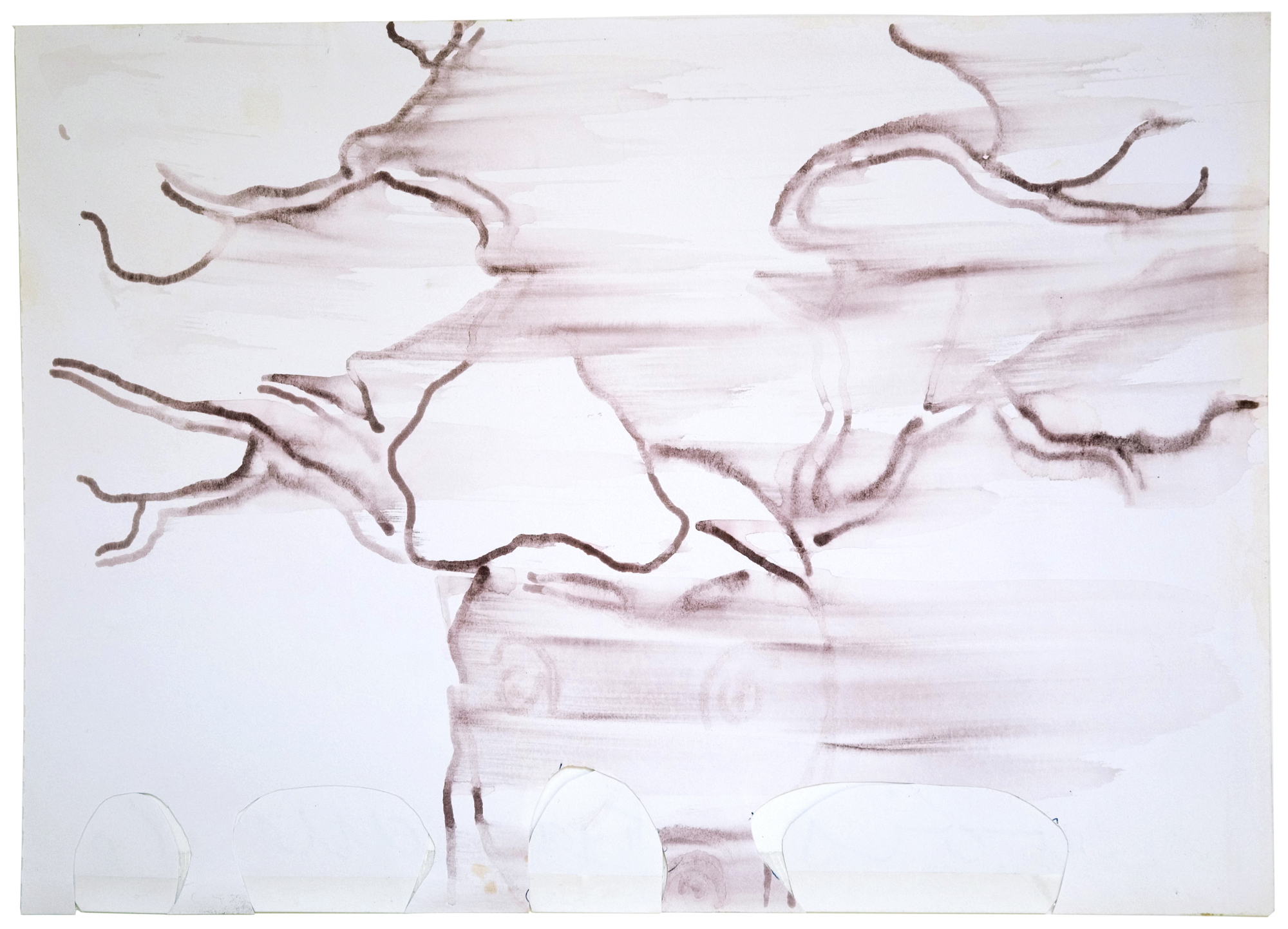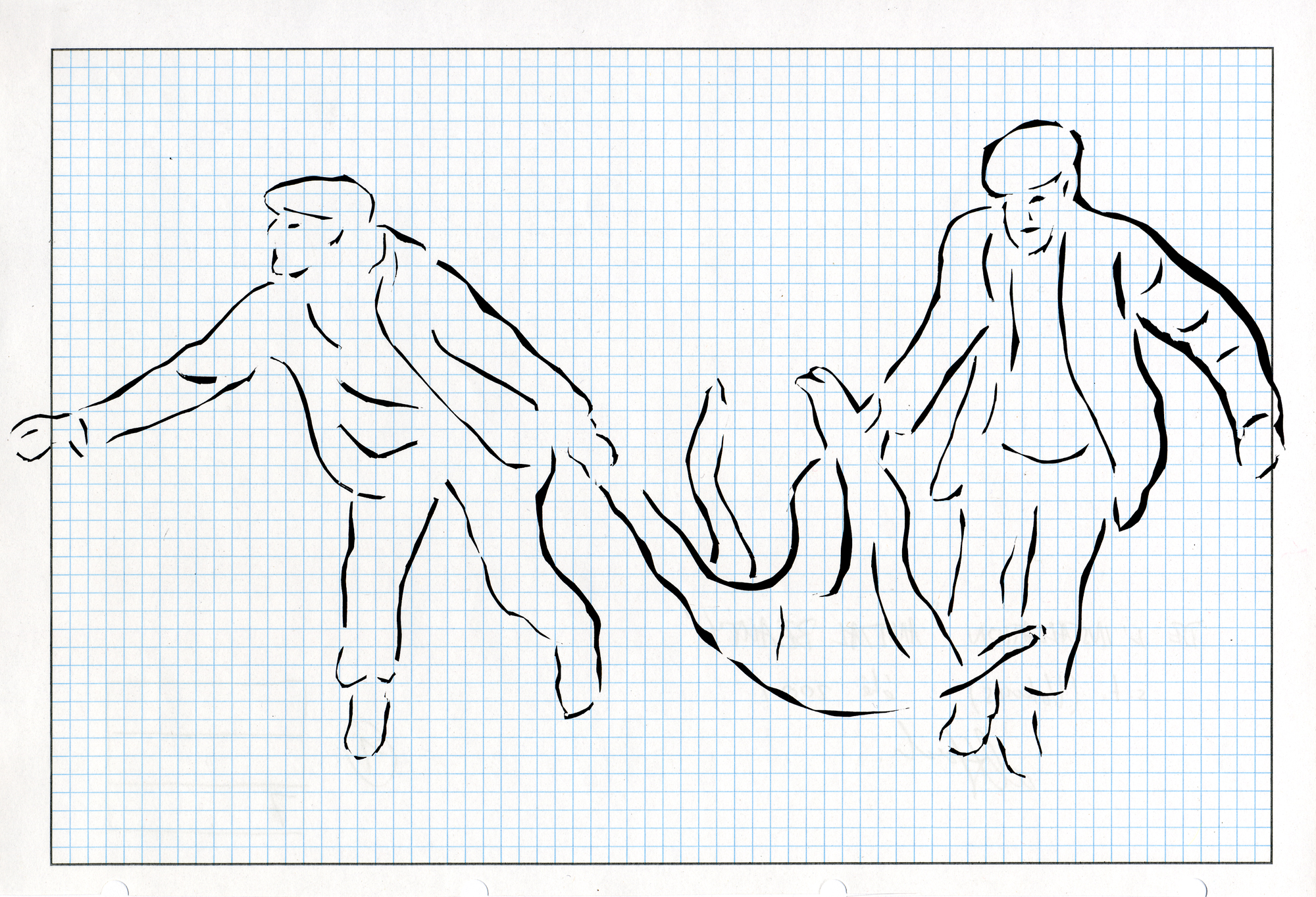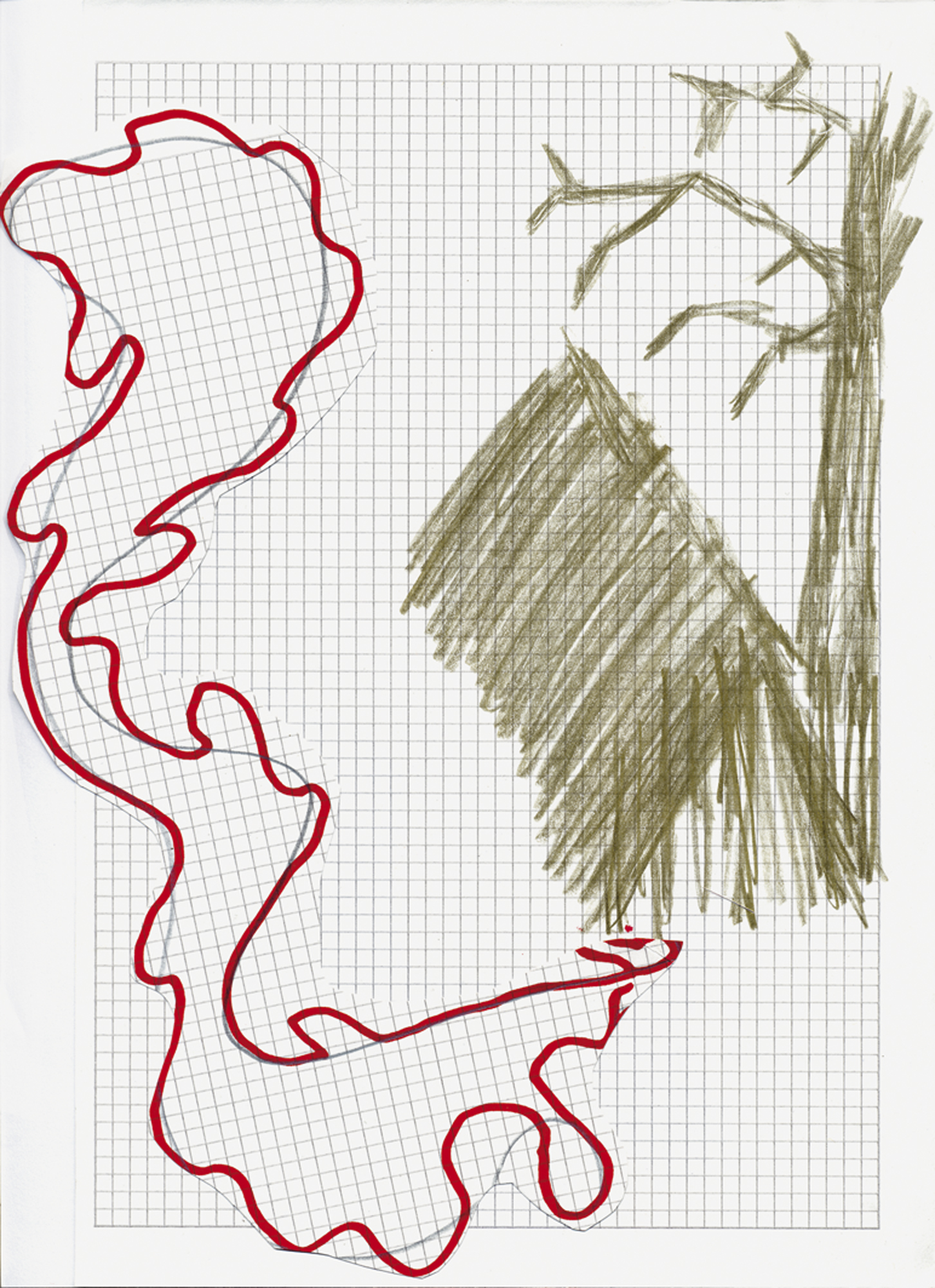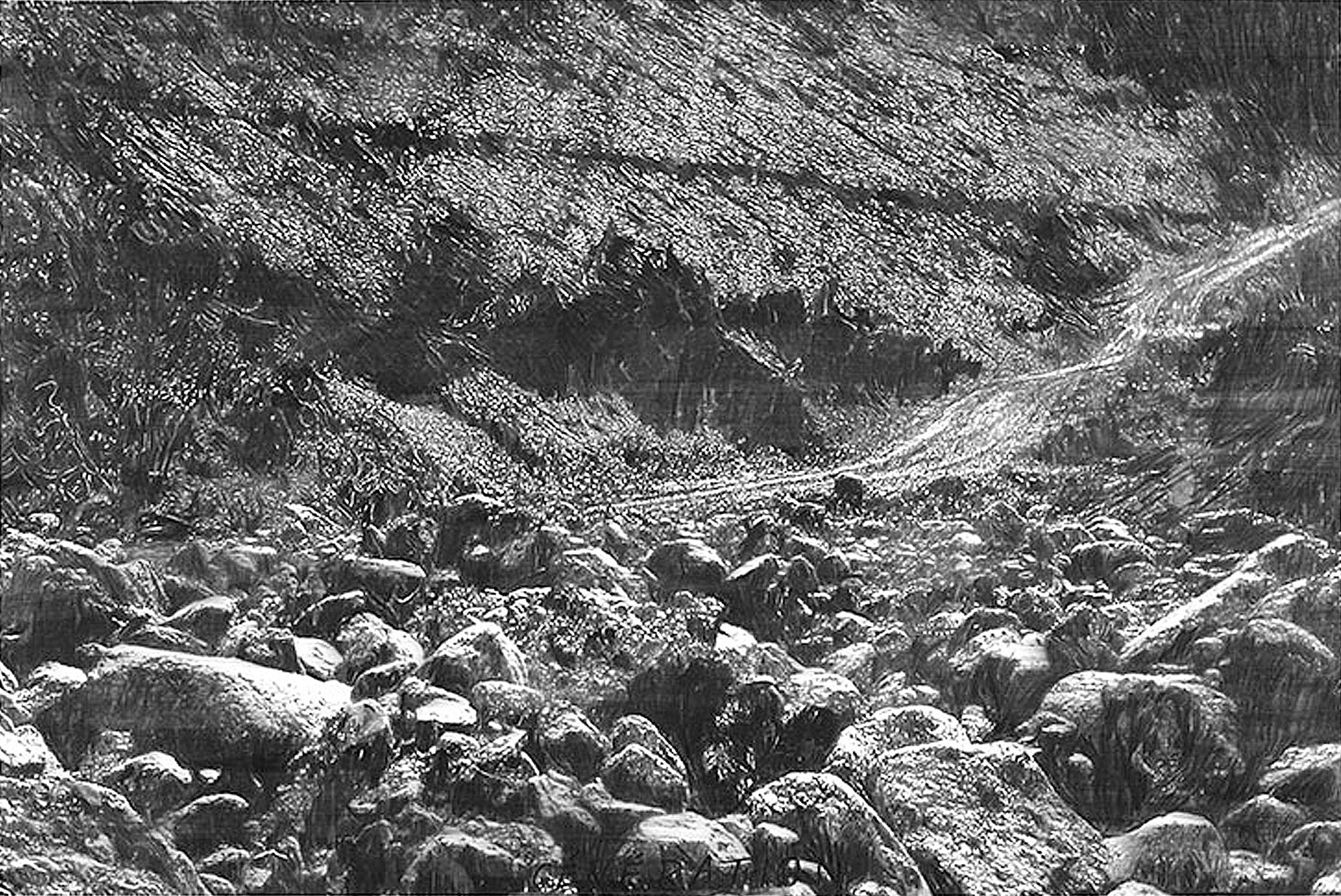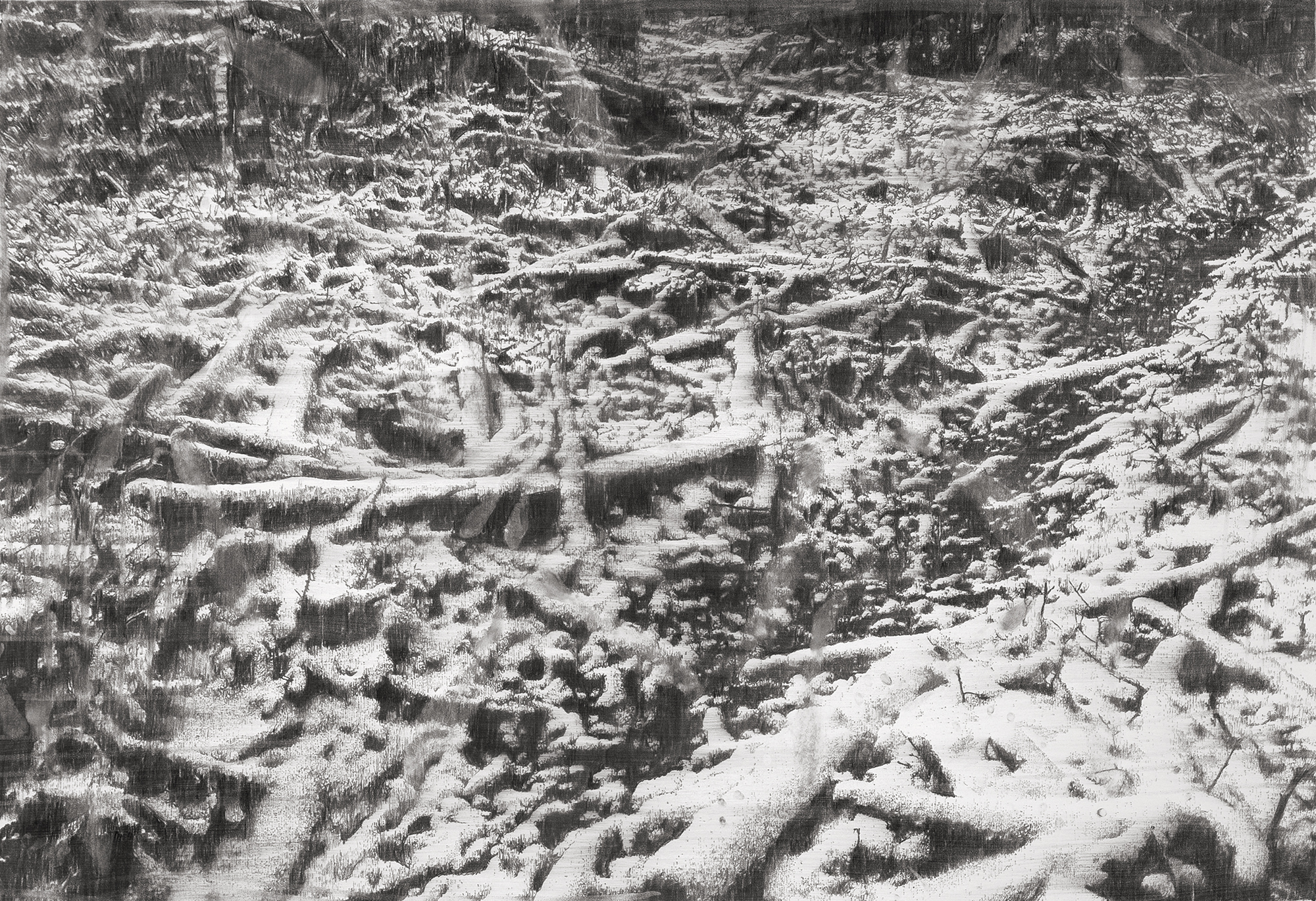Alain Huck was born in 1957 in Vevey. After his studies at École cantonale d’art de Lausanne, he founded in 1987, with Jean Crotti, Robert Ireland, Jean-Luc Manz, Christian Messerli and Catherine Monney, an exhibition space for young artists called M/2.
Practicing at first a nonfigurative, geometric painting, Huck tries out various aesthetic experiments, tackling an increasing number of media. Back in Switzerland after a one-year residency at the Swiss Institute in Rome, Huck is awarded the Manor Vaud Prize in 1990. Gradually leaving behind the abstraction of the artist’s early years, his work now begins to stand out for its polymorphism. Huck tackles either at the same time or in succession video, drawing, painting, sculpture and installation whilst devoting time to writing as well.
In 1993 he begins to keep a diary in images, which is made up of different styles of handwriting, fragments of thought, phrases overheard in passing and press clippings, all put together with great aesthetic diversity. Displayed on simple transparent A4 supports, these archives of drawings eventually give rise to different projects, including a publication (Vite soyons heureux il le faut je le veux). Huck often works in series, taking up human beings’ connection with nature, the relationship between the mind and the body, the power of language and images.
Numerous biographical elements have made their way into his work, as have recollections of paintings, the memory of history, the conjuring up of collective tragedies or events from day-to-day life. After a three-year hiatus in his artistic output, he returned to drawing in 2005 with work that shows great density and is haunted by a preoccupation with both our presence in the world and individual consciousness.
His art was given official recognition with an important retrospective in 2006 at Vevey’s Jenisch Museum. In 2009 Geneva’s Mamco featured a major part of his large-scale charcoals, which are on display, moreover, in a number of prestigious institutions like the George Pompidou Centre in Paris.
Practicing at first a nonfigurative, geometric painting, Huck tries out various aesthetic experiments, tackling an increasing number of media. Back in Switzerland after a one-year residency at the Swiss Institute in Rome, Huck is awarded the Manor Vaud Prize in 1990. Gradually leaving behind the abstraction of the artist’s early years, his work now begins to stand out for its polymorphism. Huck tackles either at the same time or in succession video, drawing, painting, sculpture and installation whilst devoting time to writing as well.
In 1993 he begins to keep a diary in images, which is made up of different styles of handwriting, fragments of thought, phrases overheard in passing and press clippings, all put together with great aesthetic diversity. Displayed on simple transparent A4 supports, these archives of drawings eventually give rise to different projects, including a publication (Vite soyons heureux il le faut je le veux). Huck often works in series, taking up human beings’ connection with nature, the relationship between the mind and the body, the power of language and images.
Numerous biographical elements have made their way into his work, as have recollections of paintings, the memory of history, the conjuring up of collective tragedies or events from day-to-day life. After a three-year hiatus in his artistic output, he returned to drawing in 2005 with work that shows great density and is haunted by a preoccupation with both our presence in the world and individual consciousness.
His art was given official recognition with an important retrospective in 2006 at Vevey’s Jenisch Museum. In 2009 Geneva’s Mamco featured a major part of his large-scale charcoals, which are on display, moreover, in a number of prestigious institutions like the George Pompidou Centre in Paris.
